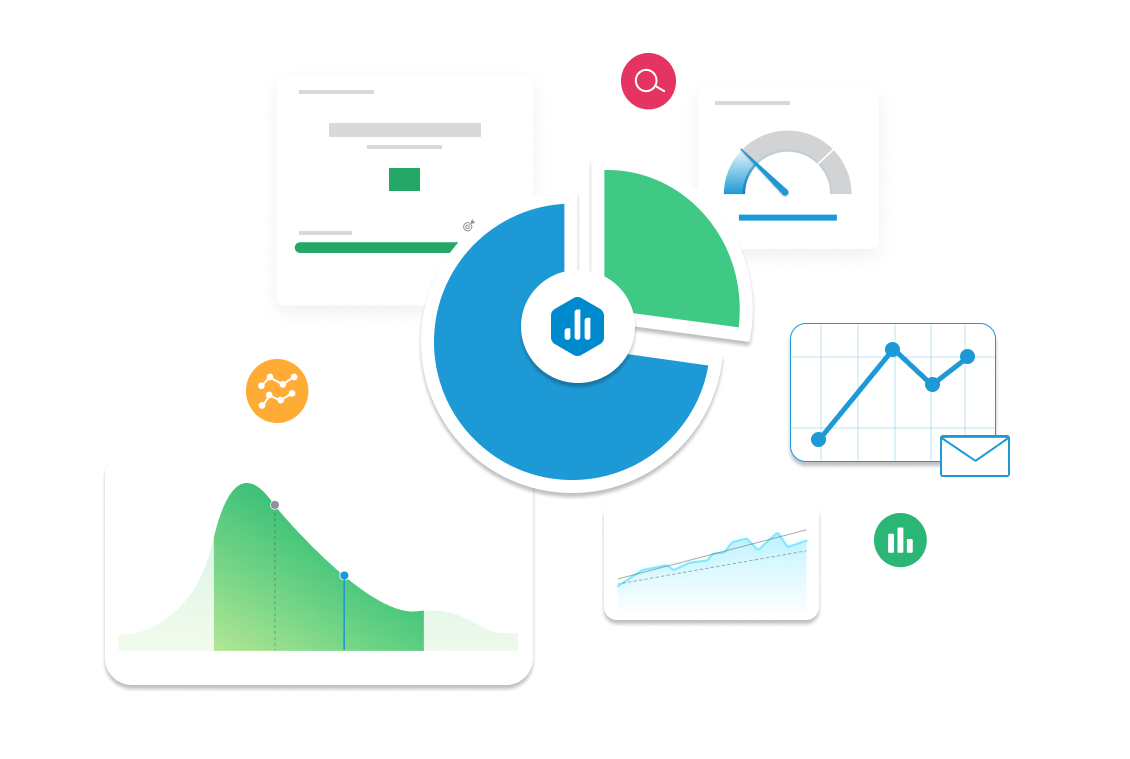Email bounce rate
Learn how Email Bounce Rate affects your email deliverability and marketing success. Discover how to track, analyze, and reduce bounce rates to improve email campaign effectiveness.

| Category |
Marketing |
|---|---|
| Type |
Leading Indicator |
| Calculation |
|
| Measure |
Tracks the percentage of emails that fail to reach recipients, helping marketers identify deliverability issues and improve list quality. |
| Data Sources: |
Mailchimp, HubSpot, ActiveCampaign, SendGrid, Klaviyo, Constant Contact. |
| Frequency |
Tracked in real-time or after each email campaign to monitor deliverability trends. |
Example target
Reduce email bounce rate to below 2% by cleaning the email list and using double opt-in verification.
Example Reports Use Case
An Email Marketing Manager monitors bounce rates to ensure successful campaign delivery. A spike in bounces may signal issues with list hygiene or sender reputation, prompting corrective actions such as removing invalid addresses or improving authentication protocols.
What Is Email Bounce Rate?
Email Bounce Rate is the percentage of emails that fail to reach recipients’ inboxes due to delivery issues. It is categorized into two types: hard bounces (permanent failures, such as invalid email addresses) and soft bounces (temporary issues, such as full inboxes or server errors).
A high bounce rate can indicate problems with list quality, email authentication, or domain reputation. By tracking this KPI, businesses can improve their email deliverability, maintain sender credibility, and ensure marketing messages reach the intended audience.
Why Is Email Bounce Rate Important?
A low bounce rate is crucial for maintaining a healthy sender reputation and ensuring high email deliverability. Email service providers (ESPs) monitor bounce rates, and consistently high rates can lead to emails being flagged as spam or domains being blacklisted.
For email marketers, reducing bounce rates means improving open rates, engagement, and conversion potential. Sales teams also benefit from lower bounce rates, as it ensures outreach emails successfully reach prospects. By optimizing email hygiene, businesses can maximize the impact of their campaigns and maintain strong customer communication.



